Melbourne apartments channel the spirit of Le Corbusier’s Notre Dame du Haut
Le Corbusier’s chapel, Notre Dame du Haut, inspires this Melbourne apartment complex by property developer Beulah International and Rob Mills Architecture & Interiors
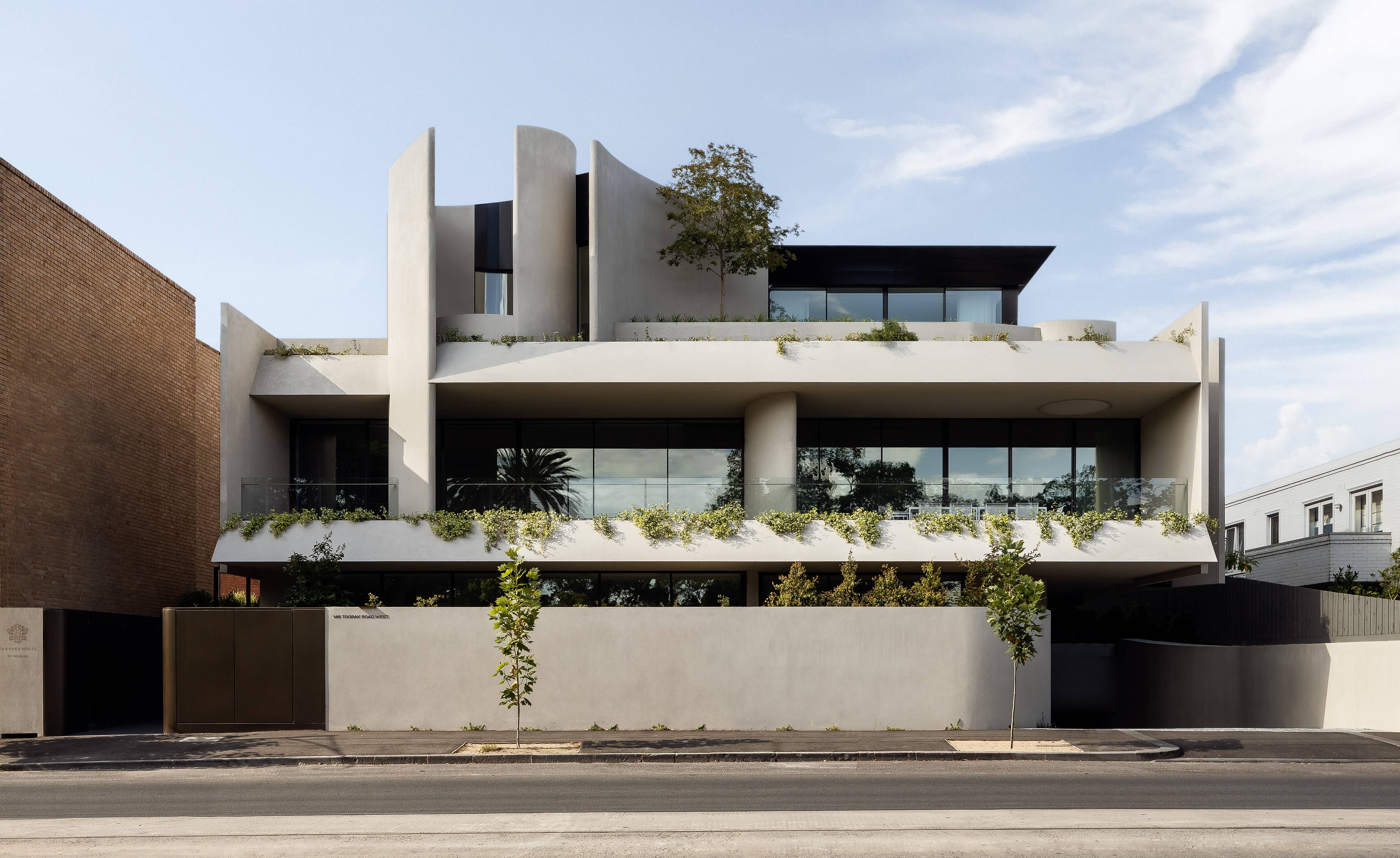
Fawkner House is a new-build Melbourne apartment complex in the city’s Domain Precinct, close to the Royal Botanic Gardens in South Yarra. Built by local property developer Beulah International, which has worked with UNStudio, Fender Katsalidis, and Woods Bagot, amongst others, the new apartments are the work of Melbourne studio Rob Mills Architecture & Interiors (RMA). From the street, Fawkner House is an eclectic collage of horizontal lines and soaring curves. One key source of inspiration is unusual for downtown Melbourne. Creative director Rob Mills says that the building makes explicit reference to Le Corbusier’s famous chapel in Ronchamp, Notre Dame du Haut, completed in 1954.
Melbourne apartments channel curves of Notre Dame du Haut
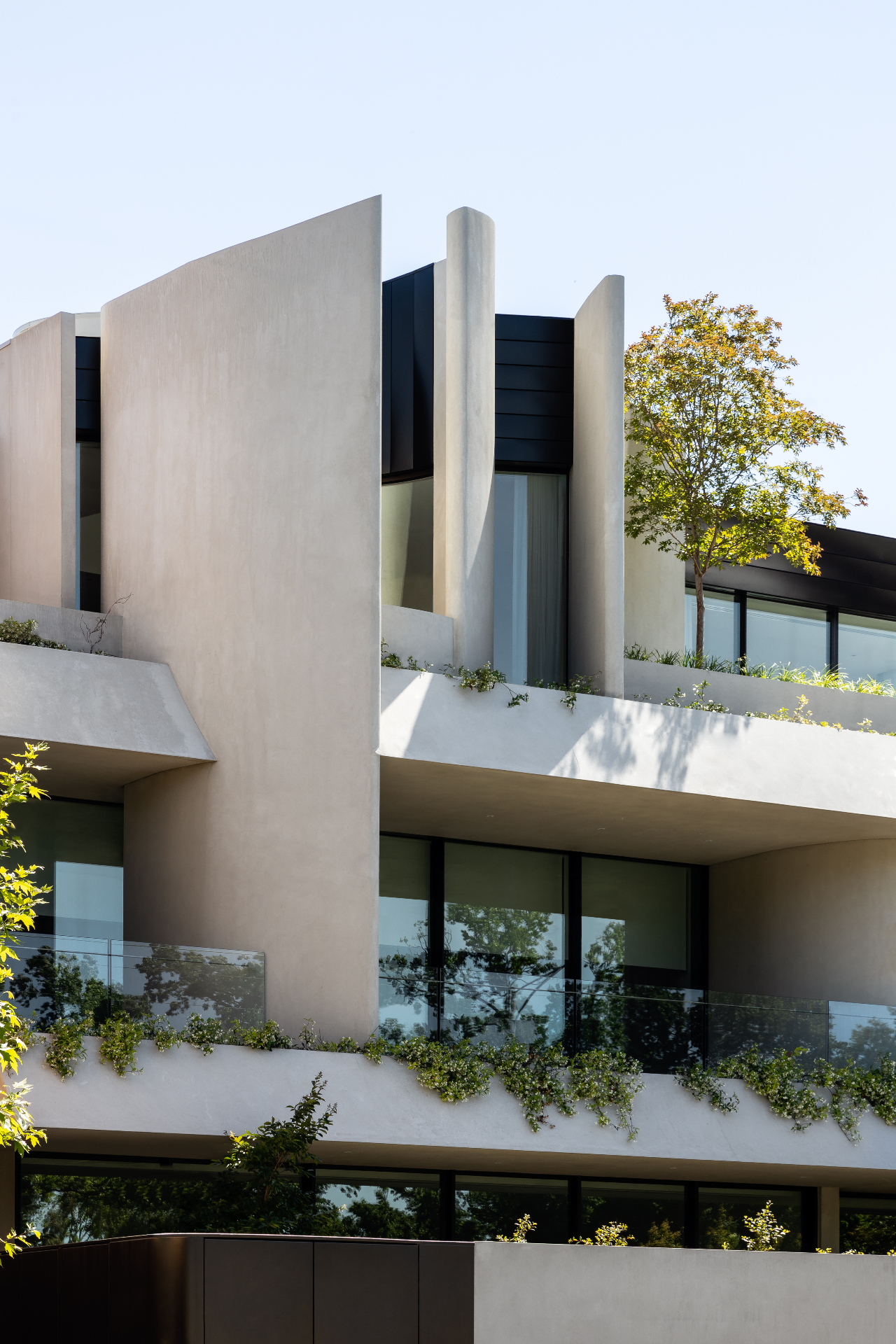
One of the significant buildings of the 20th century, the Ronchamp chapel marked the point at which modernism divested itself of strict geometric rigour, introducing more expressive and organic elements.
The front façade of Fawkner House certainly has Le Corbusian leanings, with elements that evoke the Swiss architect’s work in Chandigarh, as well as the curves of Notre Dame du Haut.
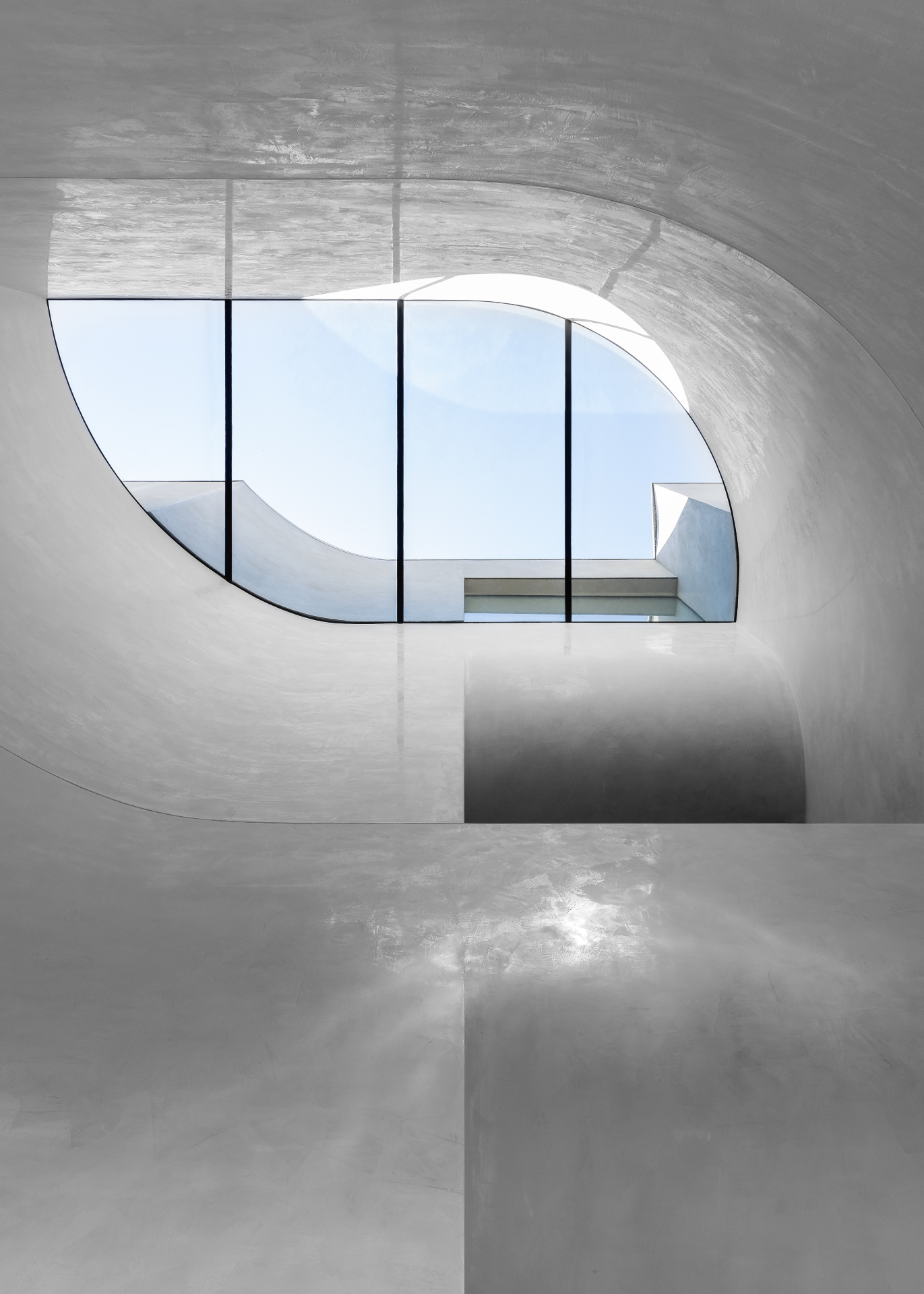
‘There are many reasons we are fond of curves in our work, but the most prevalent is the way energy and light naturally flow when intersections are rounded and softened,’ says Mills. ‘It leads to fewer shadows, and light is obviously something else we’re known for in our designs.’
The result is a building that sets out to be deliberately different, emphasising different aspects of light, space, and materiality from the moment one sets eyes on it.
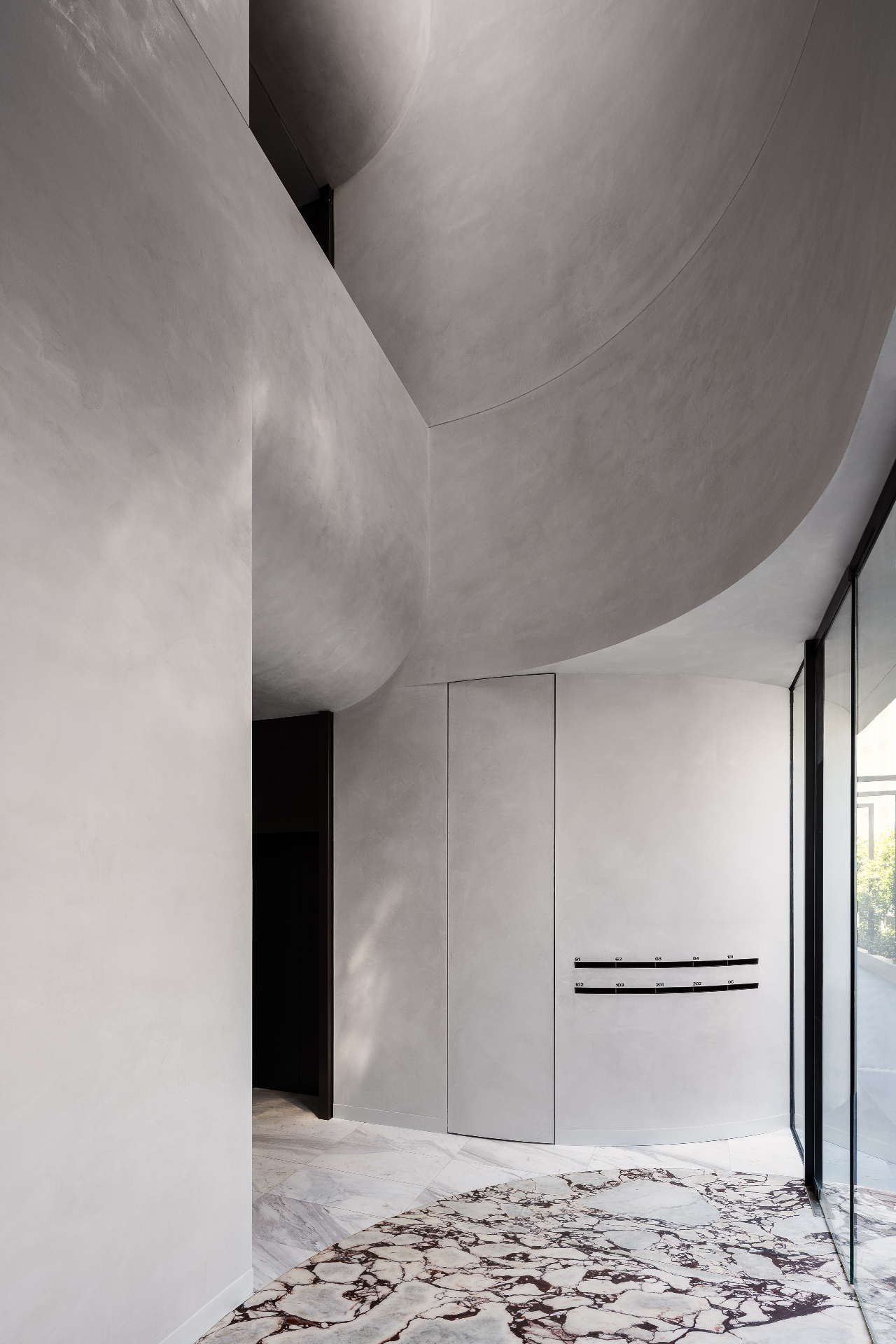
As well as the intersecting planes that make up the front elevation, the design allows for extensive space for planting, creating a tiered garden effect that includes the installation of semi-mature trees. Landscape architect Paul Bangay’s plan transforms the new building into an extension of the nearby Fawkner Park, while the coherent architectural composition gives the impression of a single, four-storey dwelling, instead of a group of individual apartments.
The entrance hall is inlaid with a semi-circle of Calacatta Viola marble, with its characteristic light stone and dark veins. A triple-height space rises up above the visitor, culminating in a curved rooflight and polished, reflective walls. Apartments feature 3m ceilings, curved walls, and rich materials. Marble and dark, hand-stained timber are used to convey solidity, with expansive windows juxtaposed with circular rooflights.
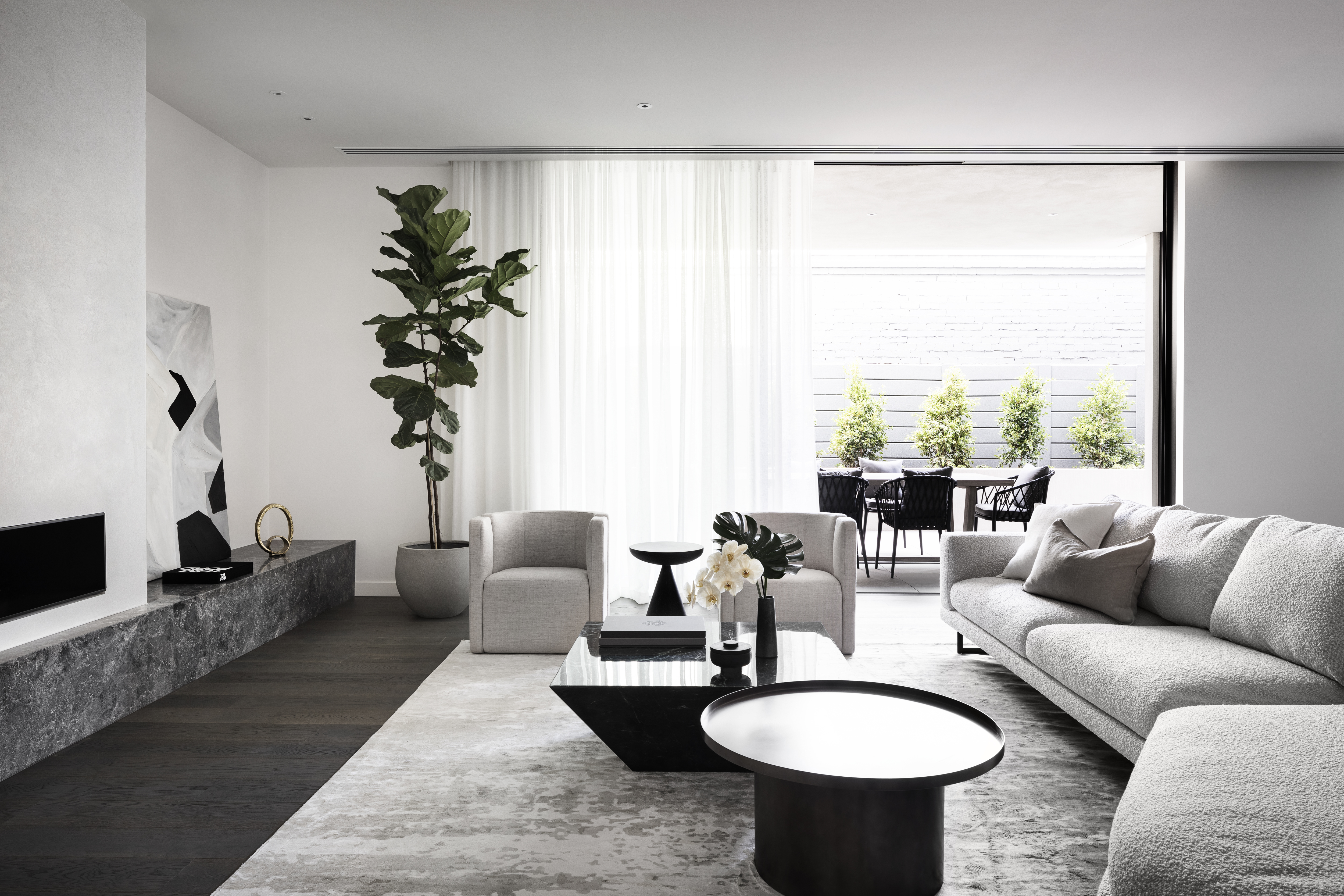
Each apartment is reached through a door custom-made by the Australian supplier Pittella, a firm set up in the 1950s to bring contemporary Italian craftsmanship to the burgeoning Australian domestic scene.
Receive our daily digest of inspiration, escapism and design stories from around the world direct to your inbox.
Kitchen fixtures and appliances are from Gaggenau, and particular attention has been paid to the acoustics and air quality within each apartment, helped in part by the planting and the curved walls.
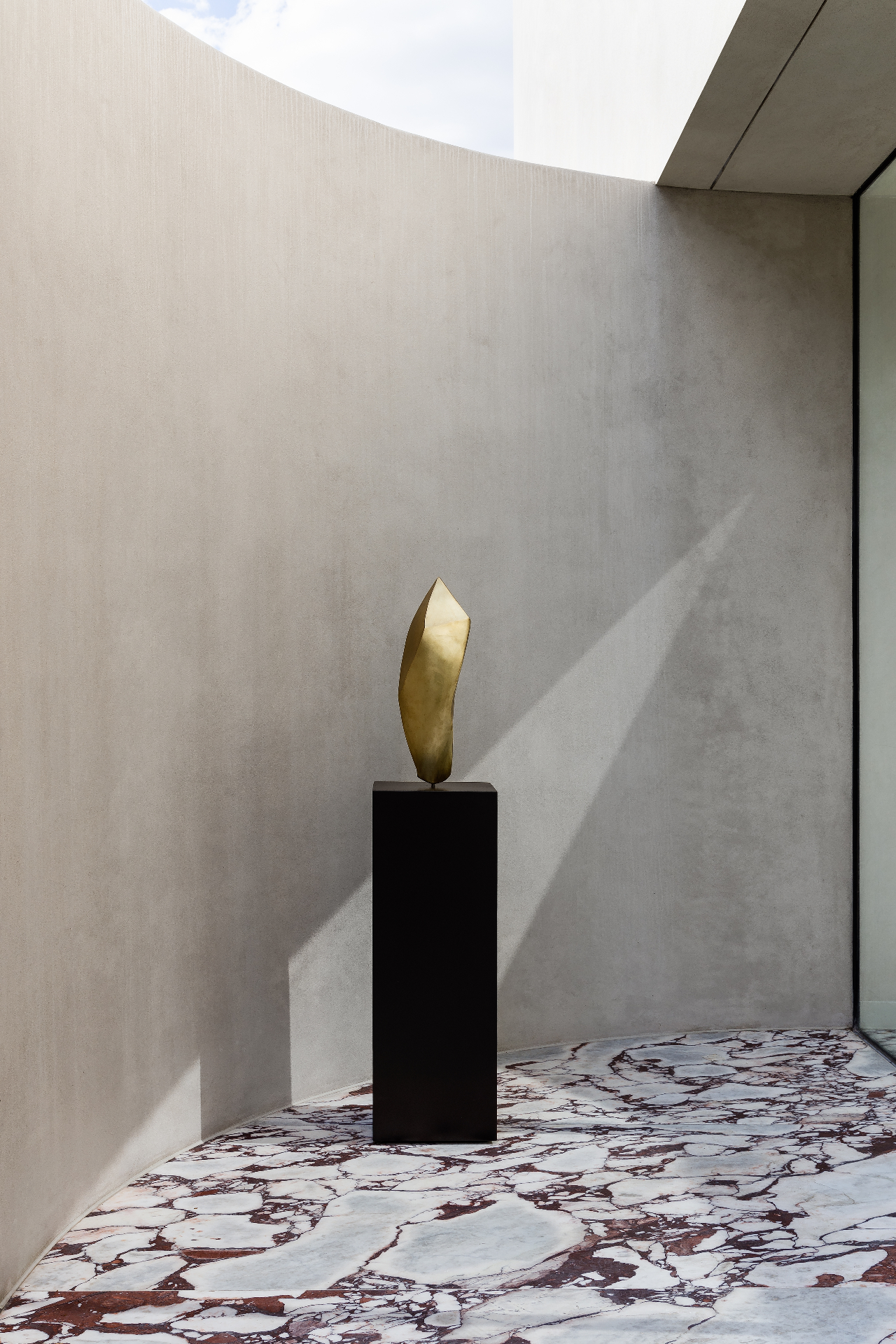
Beulah and RMA have made the most of a rare opportunity. Although there was permission for many more homes on the site, the developer decided to build just nine spacious units instead, with each apartment benefitting from the topography.
‘It’s the height of the land, and with that comes light, space, better quality of air, opportunity for phenomenal views,’ says Mills. ‘It’s all those wonderful ingredients that make something special.’
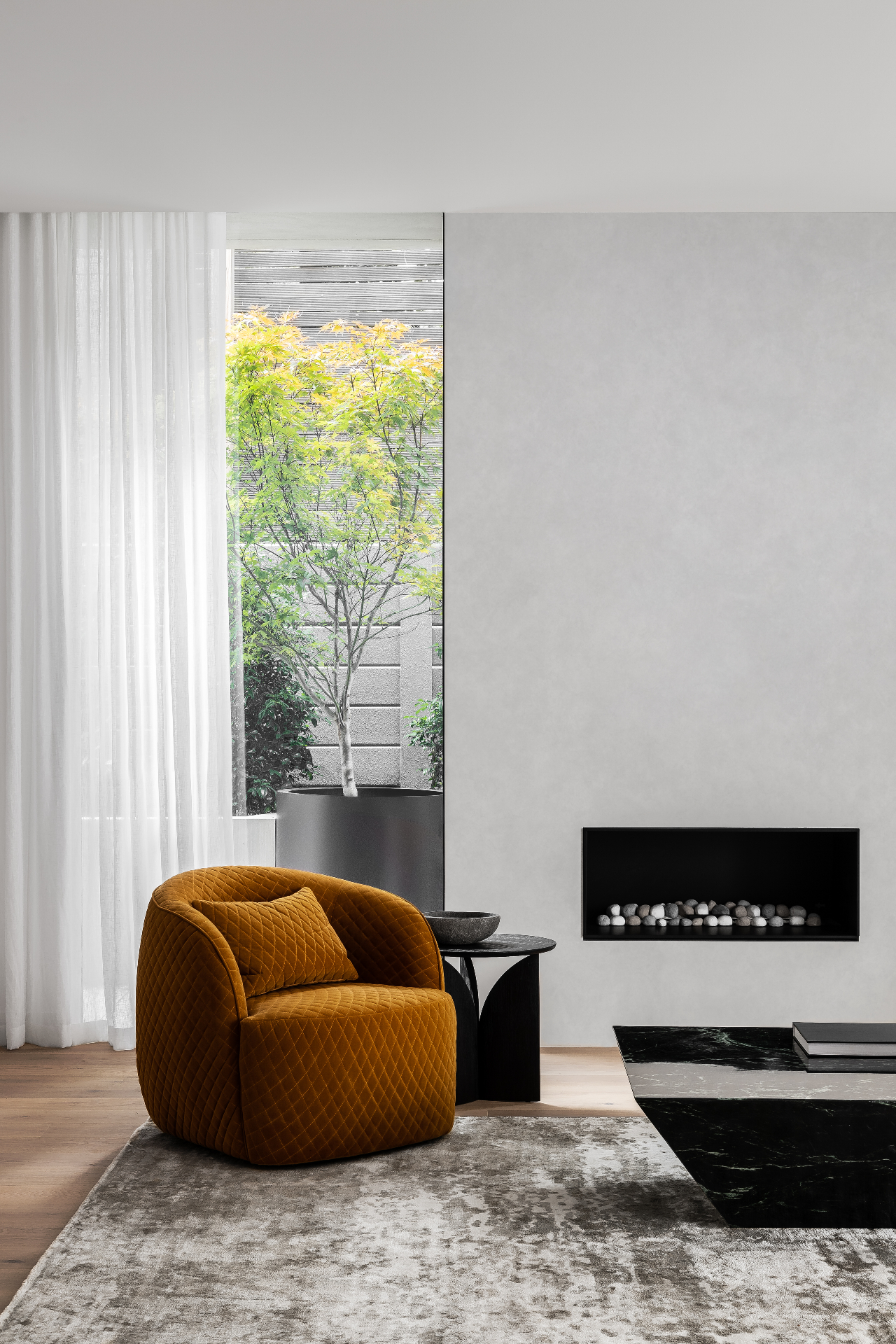
INFORMATION
Jonathan Bell has written for Wallpaper* magazine since 1999, covering everything from architecture and transport design to books, tech and graphic design. He is now the magazine’s Transport and Technology Editor. Jonathan has written and edited 15 books, including Concept Car Design, 21st Century House, and The New Modern House. He is also the host of Wallpaper’s first podcast.
-
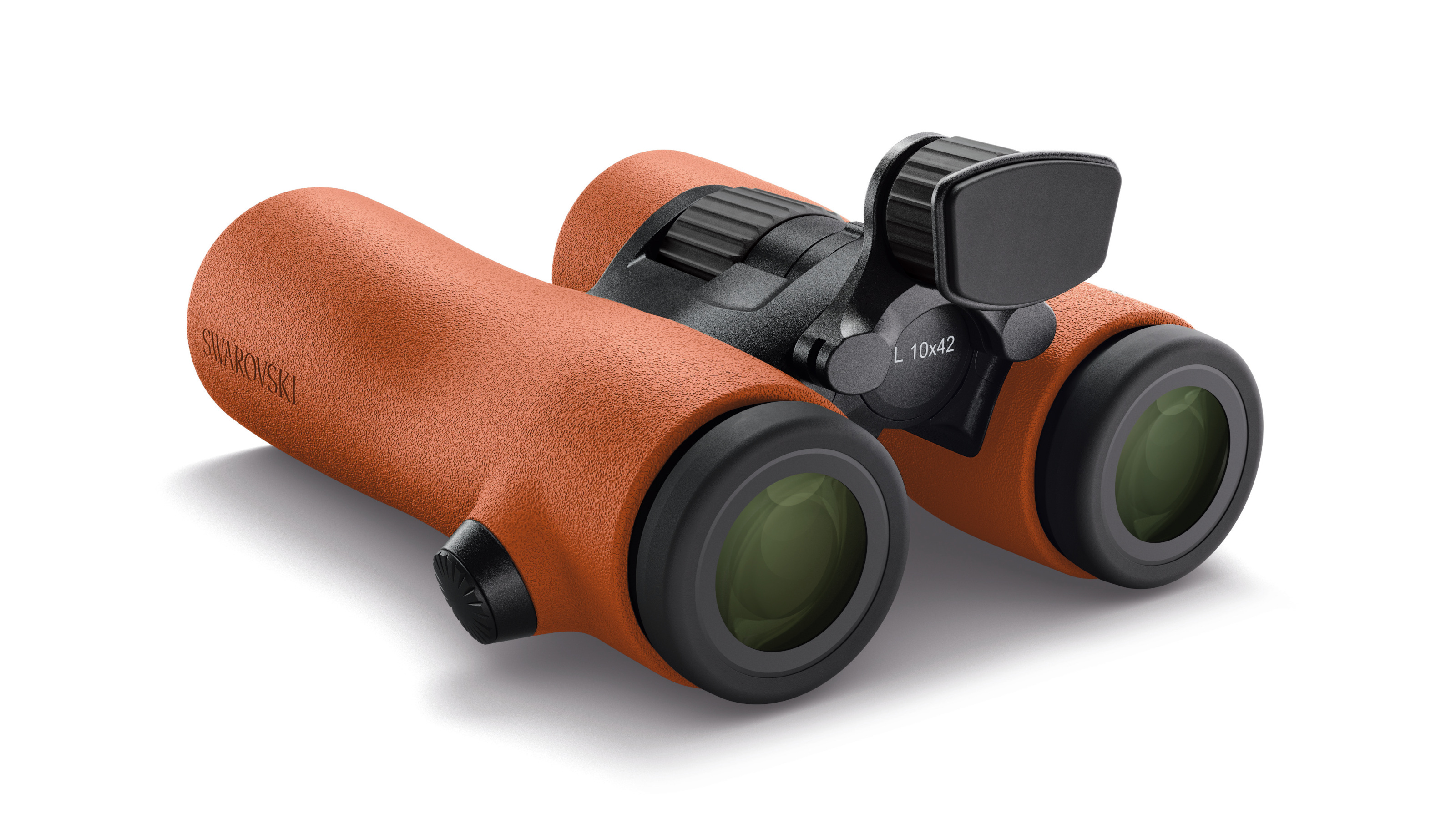 Swarovski Optik’s new Burnt Orange binoculars provide a crystal-clear view for budding birders
Swarovski Optik’s new Burnt Orange binoculars provide a crystal-clear view for budding birdersThe Swarovski Optik NL Pure 42 Binoculars are now available in Burnt Orange, bringing a hint of autumnal elegance to these high-performance instruments
-
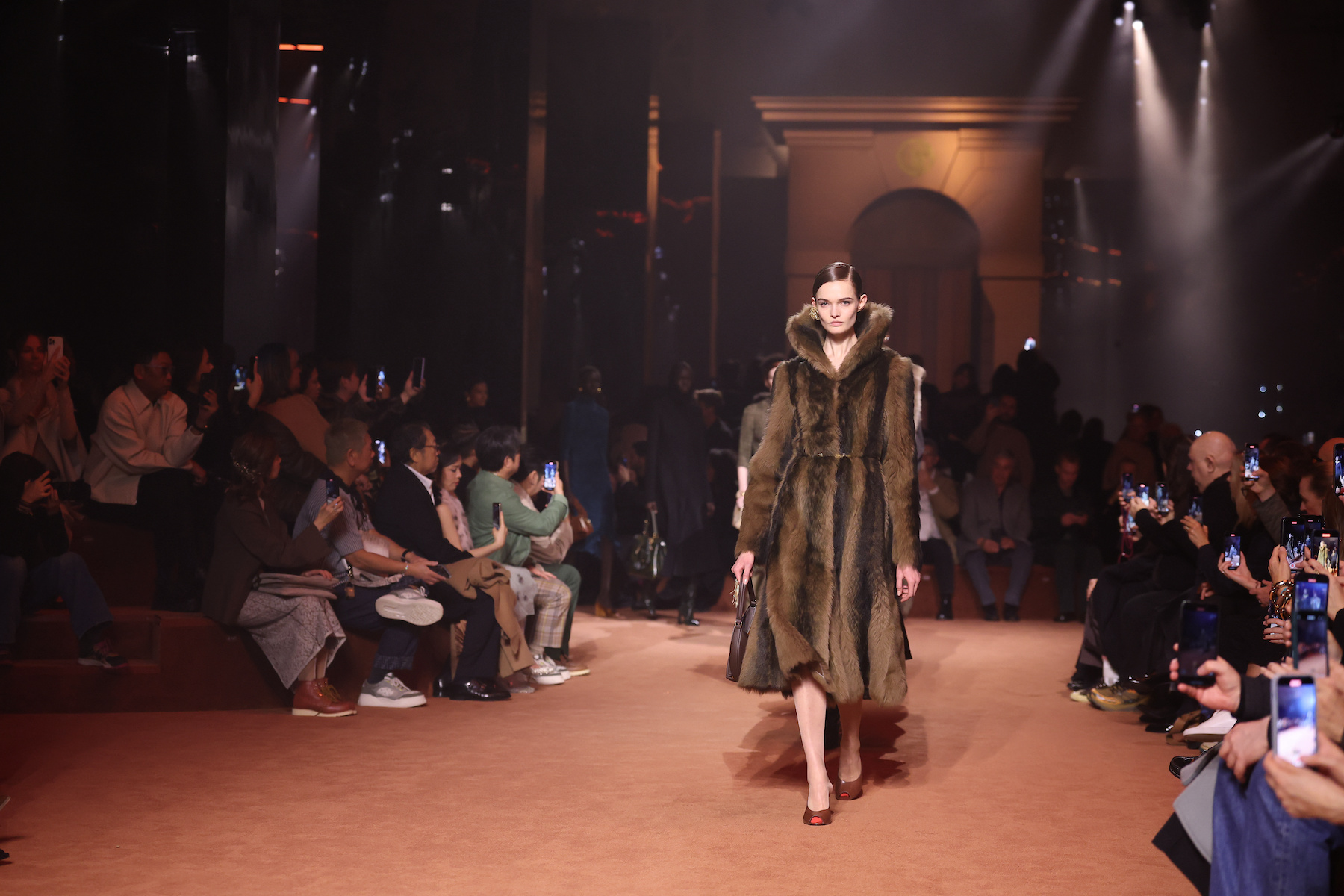 Women’s Fashion Week S/S 2026: what to expect
Women’s Fashion Week S/S 2026: what to expectA jam-packed season of runway shows unfolds in New York, London, Milan and Paris this September – including a slew of notable debuts at fashion’s biggest houses
-
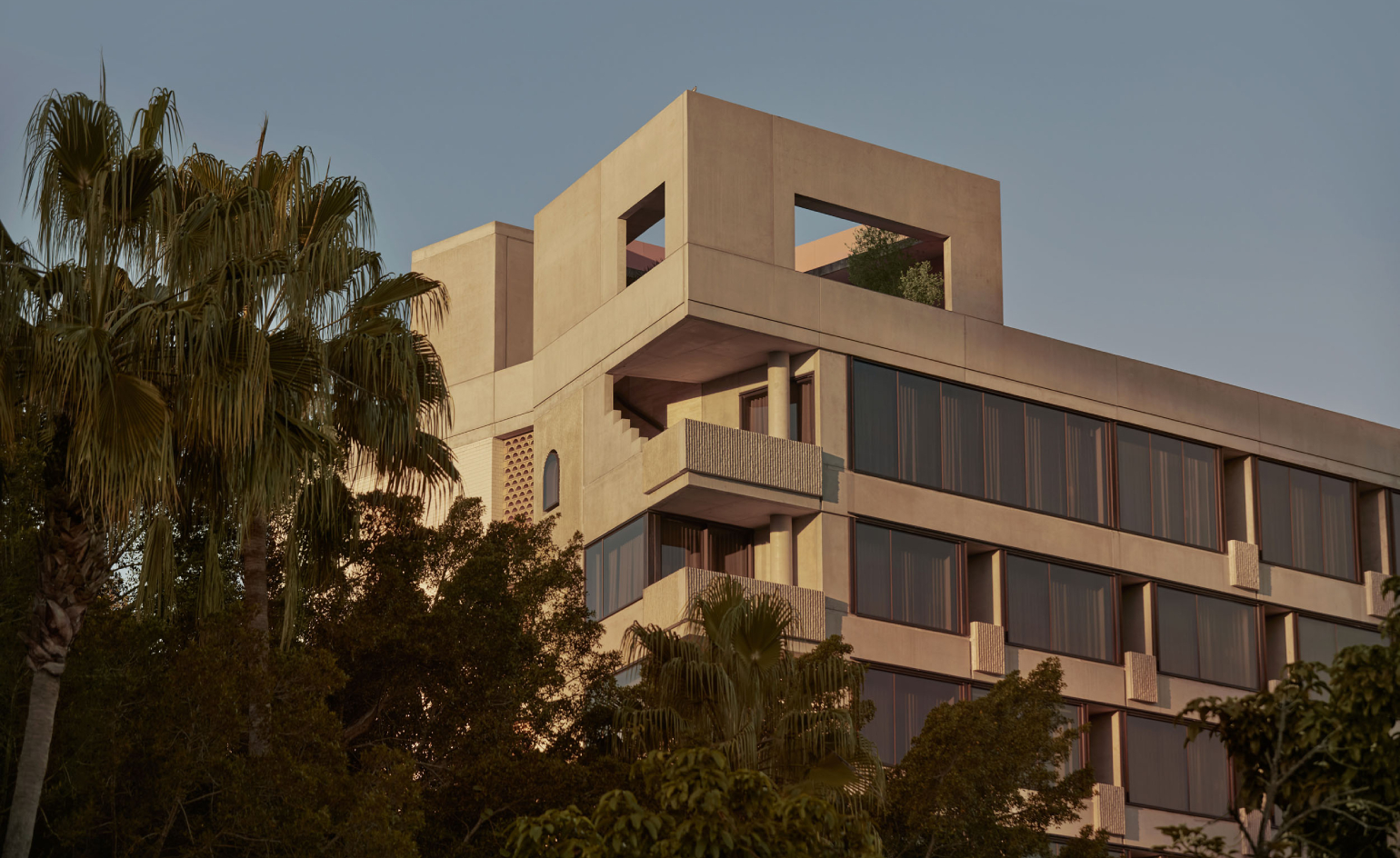 The Calile Hotel is an urban resort reframing Brisbane
The Calile Hotel is an urban resort reframing BrisbaneA seven-storey refuge in Fortitude Valley, The Calile Hotel bridges tropical retro with urban polish, elevating Brisbane’s hospitality landscape
-
 A dramatic Brazilian house on a hillside was inspired by the creative passions of its client
A dramatic Brazilian house on a hillside was inspired by the creative passions of its clientTetro Arquitetura has completed a contemporary Brazilian house, combining a linear plan with a dramatic curved roof
-
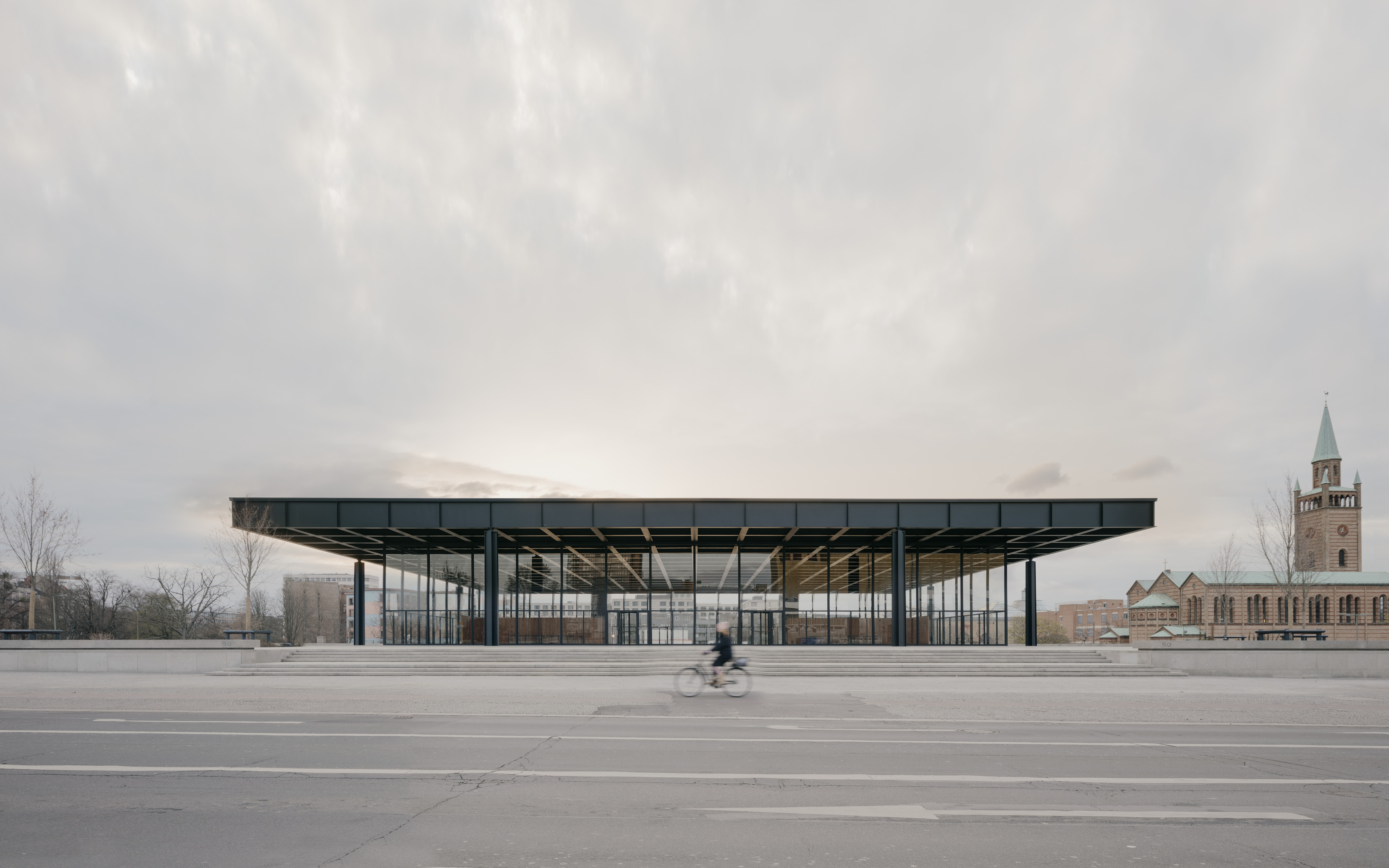 Mies Van der Rohe architecture: modernist pomposity and proportional perfection
Mies Van der Rohe architecture: modernist pomposity and proportional perfectionOur deep dive on Ludwig Mies van der Rohe revisits the modernist master's history and key works; scroll down to read about the influential 20th-century architect behind the well-known dictum, 'less is more'
-
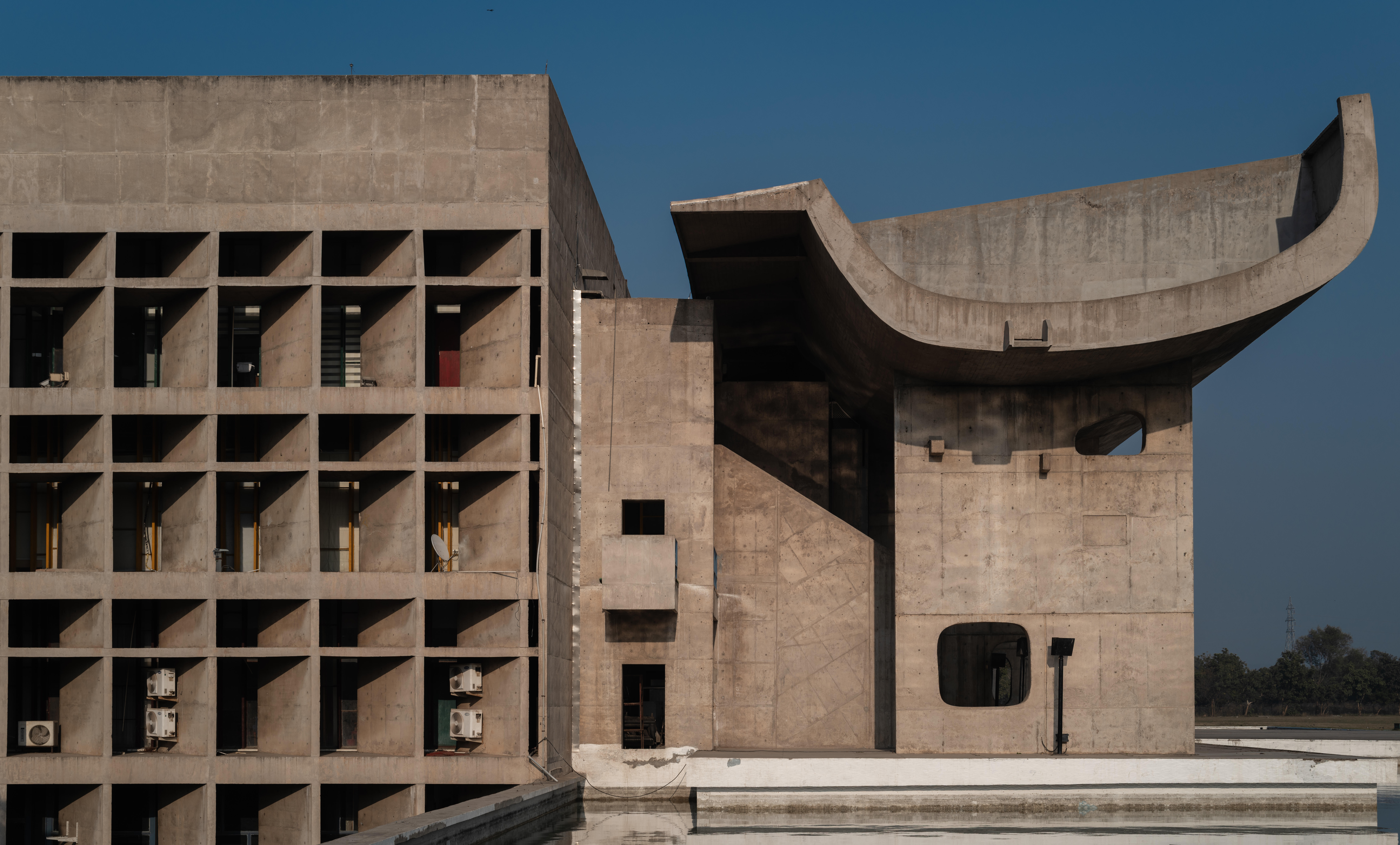 A guide to modernism’s most influential architects
A guide to modernism’s most influential architectsFrom Bauhaus and brutalism to California and midcentury, these are the architects who shaped modernist architecture in the 20th century
-
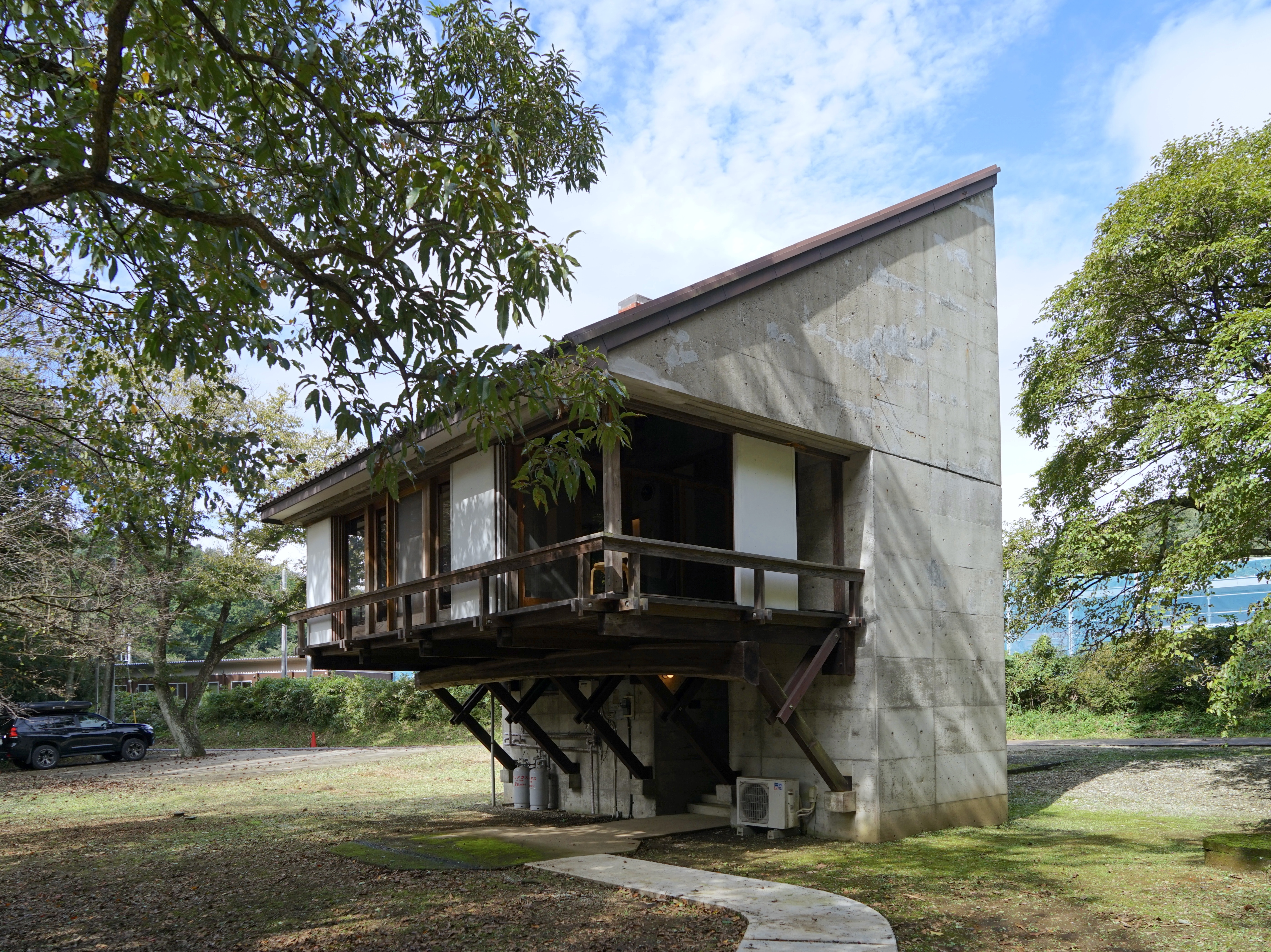 Mayumi Miyawaki’s Fukumura Cottage puts this lesser-known Japanese modernist in the spotlight
Mayumi Miyawaki’s Fukumura Cottage puts this lesser-known Japanese modernist in the spotlightDiscover the little-known modernist architect through this private home in Japan’s Tochigi prefecture countryside
-
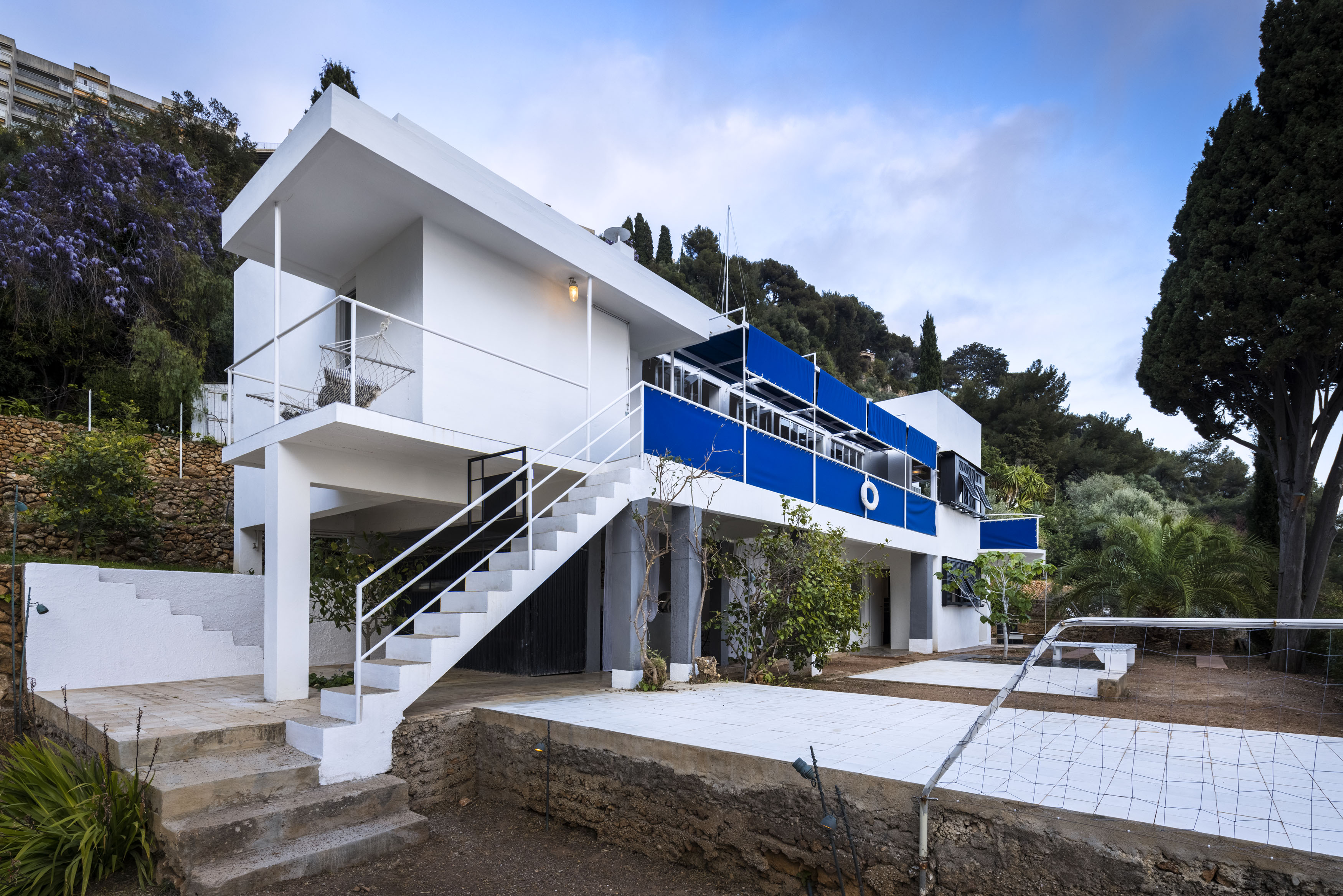 Eileen Gray: A guide to the pioneering modernist’s life and work
Eileen Gray: A guide to the pioneering modernist’s life and workGray forever shaped the course of design and architecture. Here's everything to know about her inspiring career
-
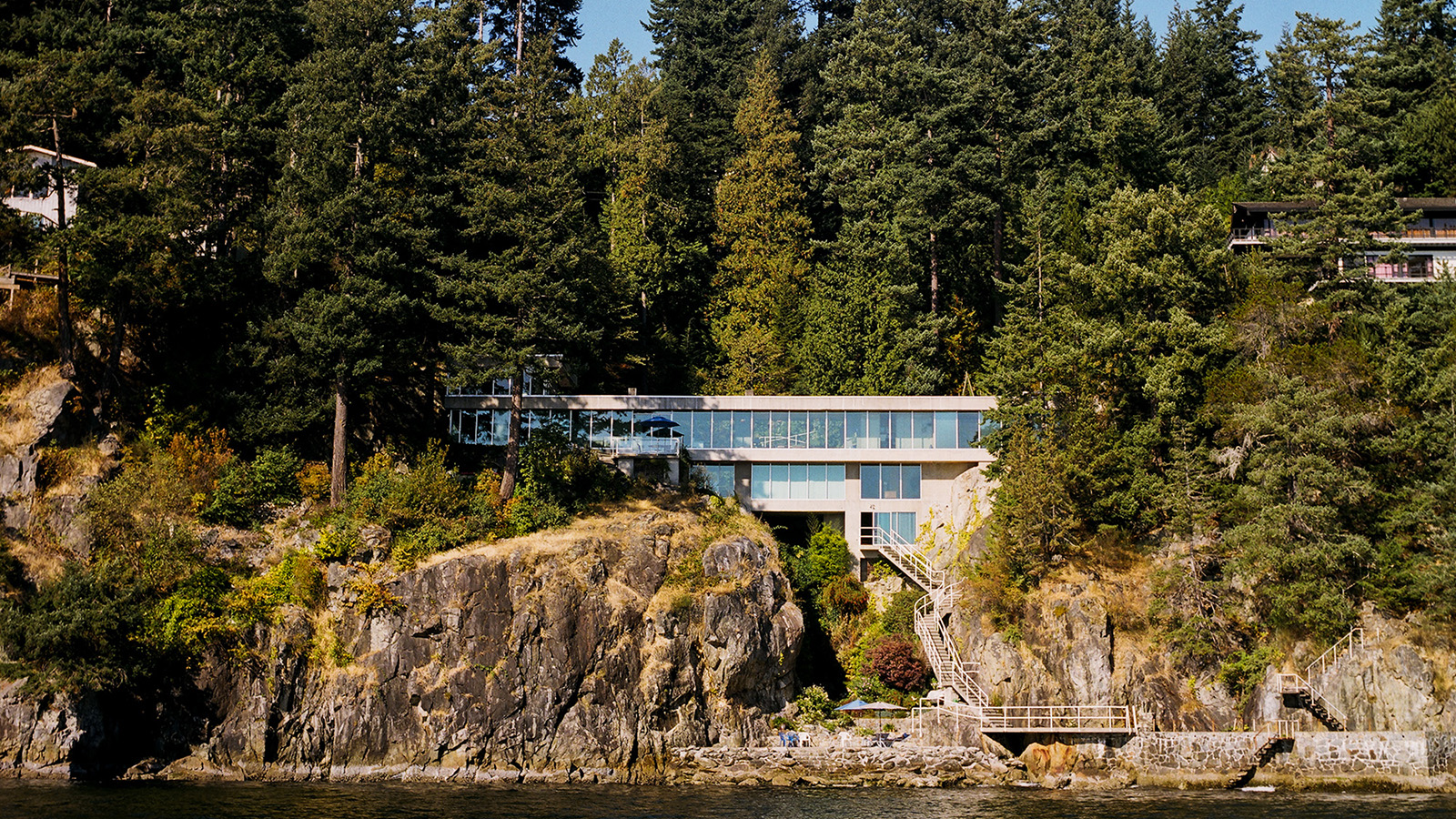 Discover Canadian modernist Daniel Evan White’s pitch-perfect homes
Discover Canadian modernist Daniel Evan White’s pitch-perfect homesCanadian architect Daniel Evan White (1933-2012) had a gift for using the landscape to create extraordinary homes; revisit his story in an article from the Wallpaper* archives (first published in 2011)
-
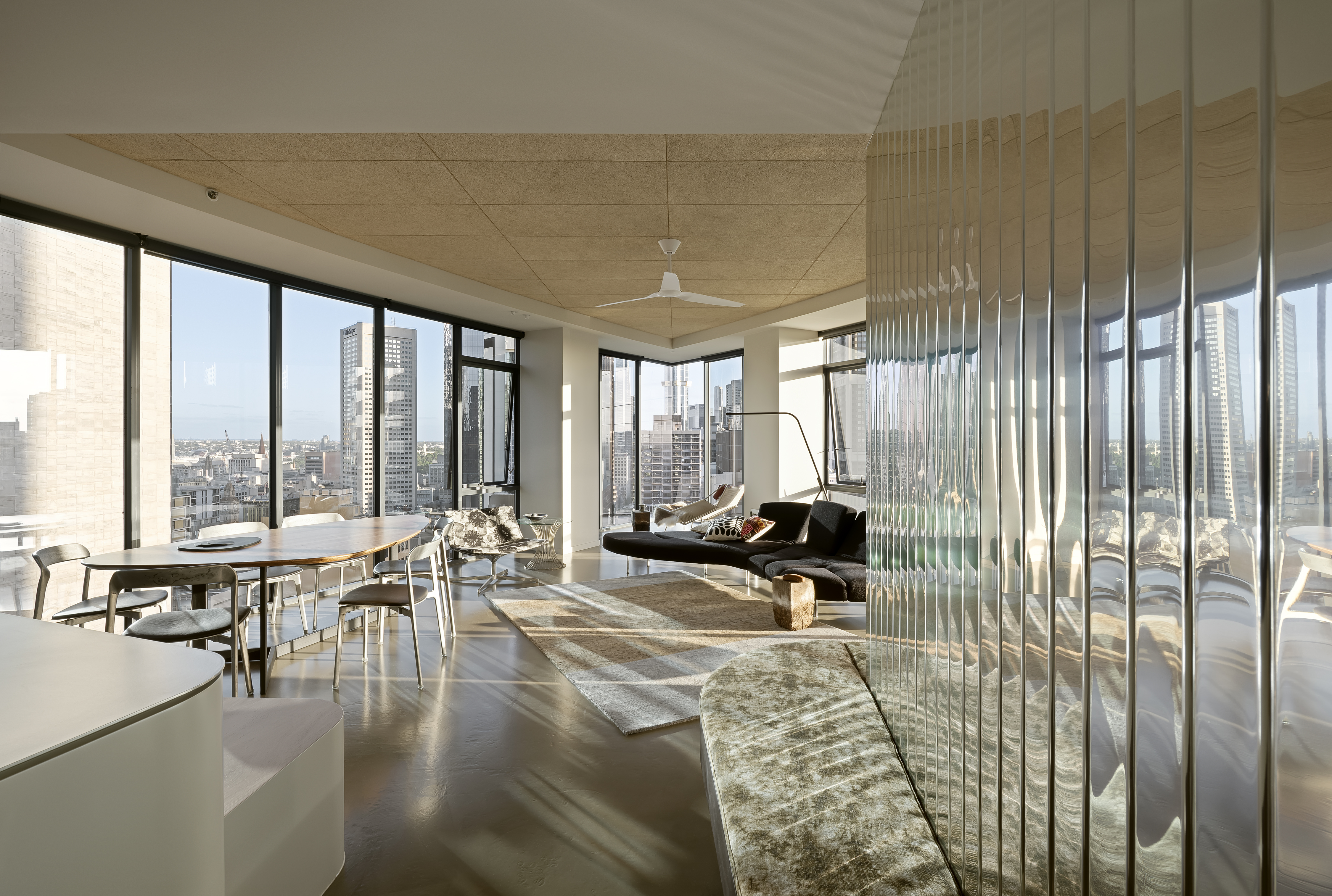 A Republic Tower apartment refresh breathes new life to a Melbourne classic
A Republic Tower apartment refresh breathes new life to a Melbourne classicLocal studio Multiplicity's refresh signals a new turn for an iconic Melbourne landmark
-
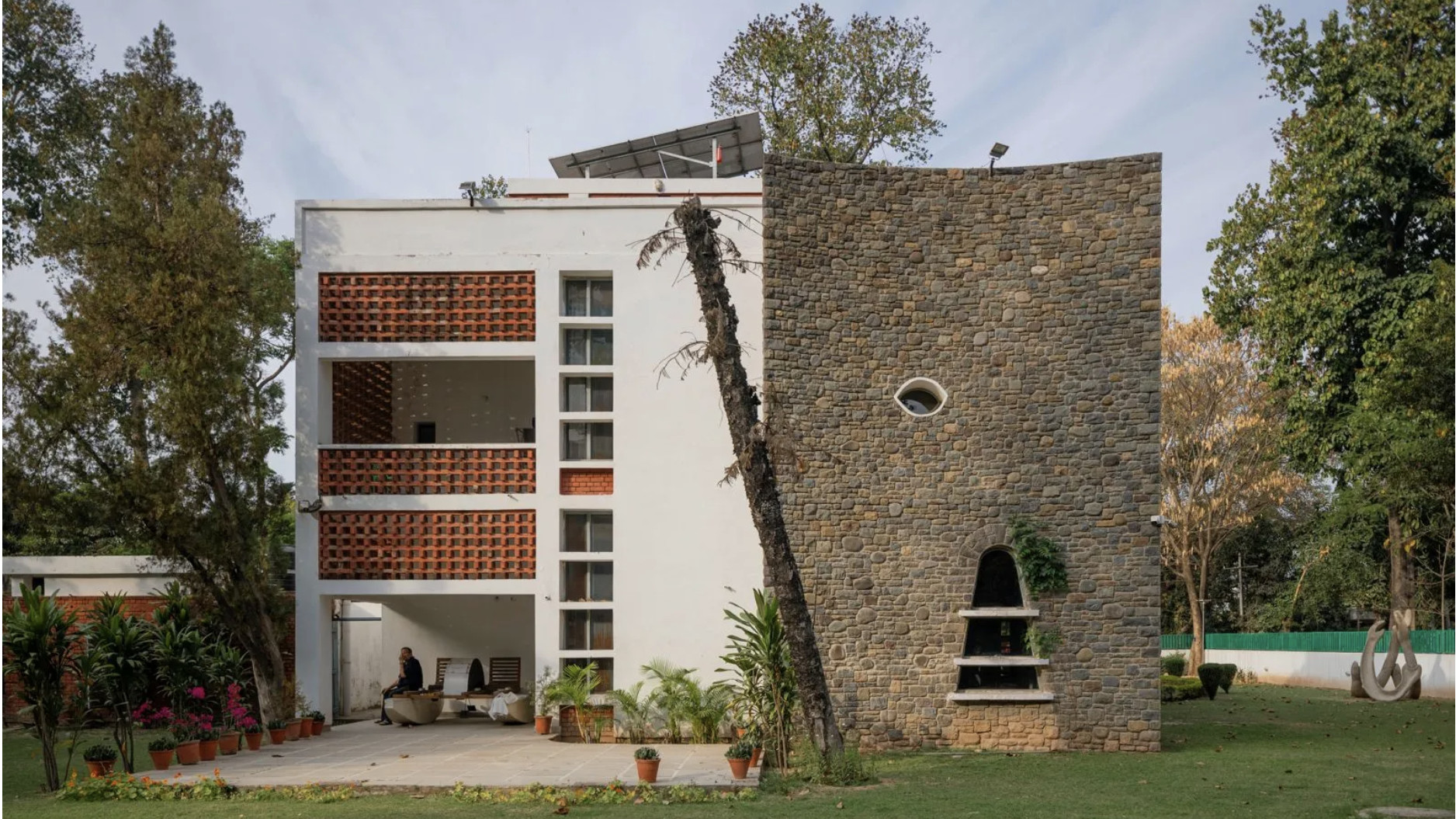 A night at Pierre Jeanneret’s house, Chandigarh’s best-kept secret
A night at Pierre Jeanneret’s house, Chandigarh’s best-kept secretPierre Jeanneret’s house in Chandigarh is a modernist monument, an important museum of architectural history, and a gem hidden in plain sight; architect, photographer and writer Nipun Prabhakar spent the night and reported back